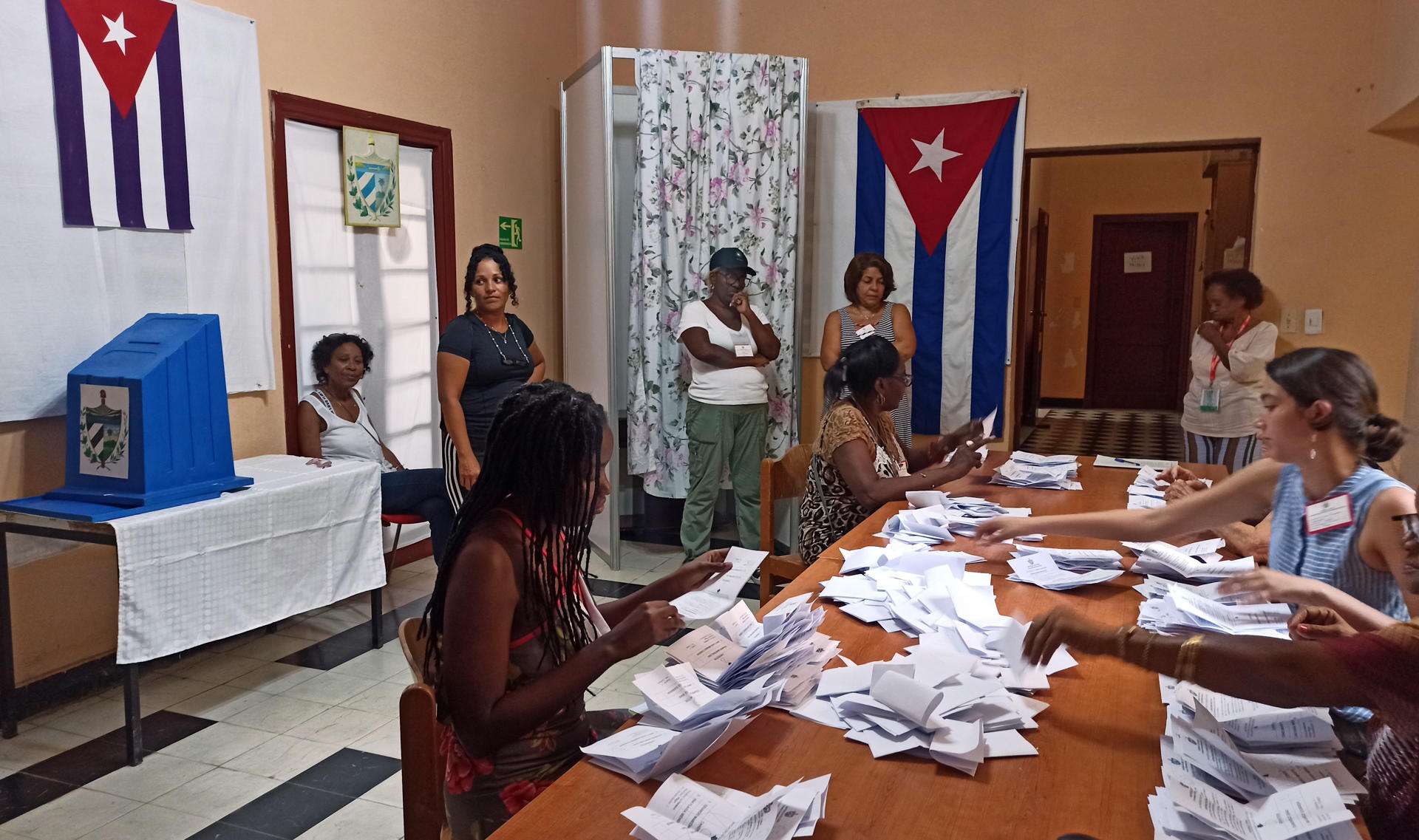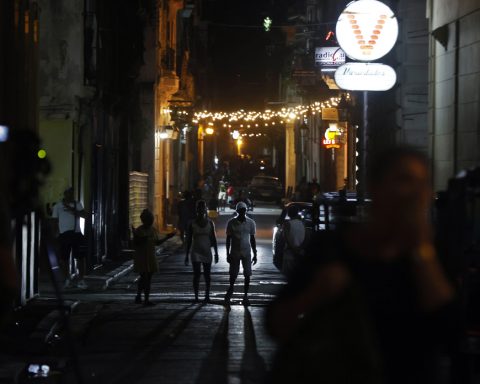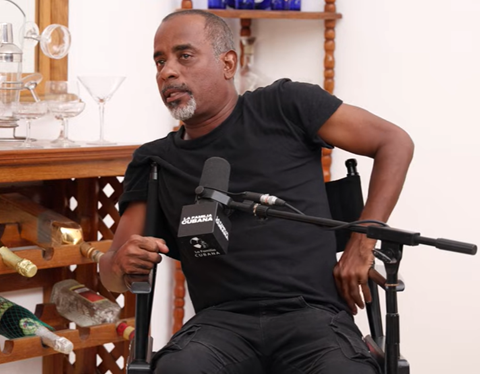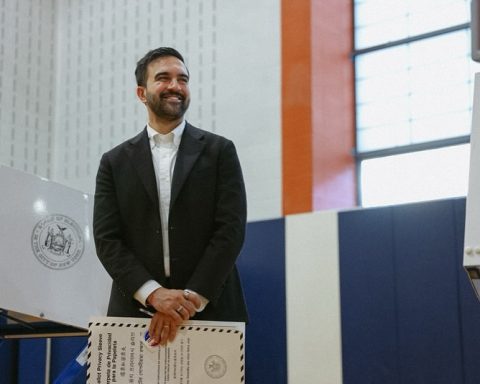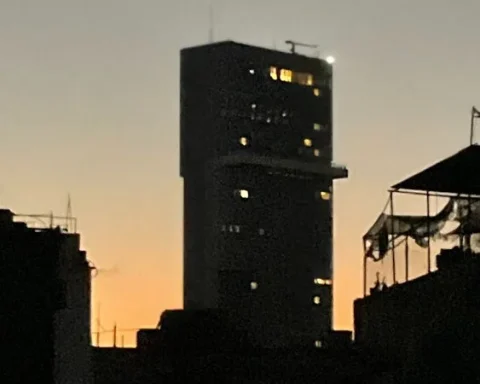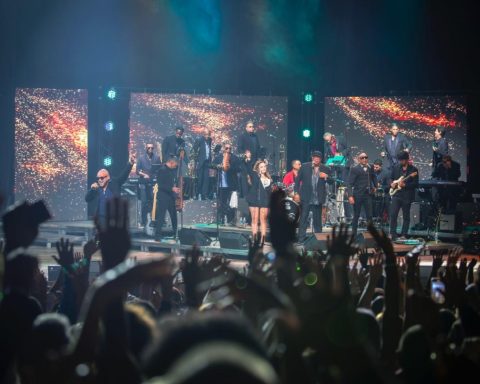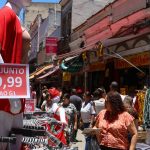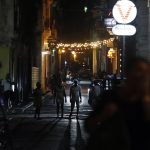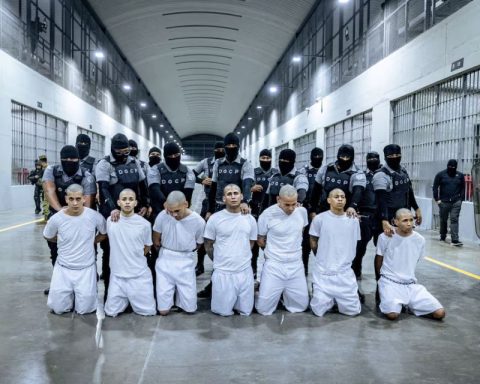Attendance at the parliamentary elections this Sunday in Cuba was 75.92%, according to preliminary data offered this Monday by Alina Balseiro, president of the National Electoral Council (CEN). This is the lowest turnout since 1959, according to efe.
Of the 8,120,072 registered in the electoral colleges, 6,164,876 Cubans voted, which represents 75.92% of the electoral roll, Balseiro reported at a press conference.
According to efethis participation rate is almost 10 percentage points lower than that of the parliamentarians of 2018, a process that renewed the Parliament that elected the current president, Miguel Díaz-Canel, who succeeded Raúl Castro (2008-2018).
Of the total ballots in the ballot box, 90.28% were valid; 6.22% remained blank while 3.50% went to voided ballots.
It was also learned that of the total valid ballots, 72.10% were in support of the official campaign that called for everyone to vote while 27.90% were selective votes.
According to the CEN, these preliminary results validate the election of the 470 proposed candidates as deputies to the National Assembly, with more than 50% of the valid votes cast.
Despite being a very high percentage in any other country in the Western Hemisphere, the figure is considerably far from the historical average before 2018, above 90%.
Minrex denies that Cubans who vote will not be able to take advantage of the US humanitarian parole
However, the participation was higher than in the two appointments with the previous polls, the referendum on the Family Code in September and the municipal ones in November, adds efe.
This process culminates with the election of the leadership of the National Assembly, the Council of State, the President and Vice President of the Republic, on April 19.
Efe/OnCuba.
